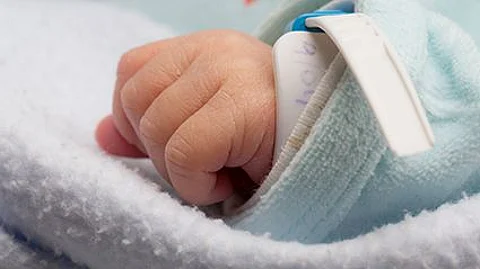TUESDAY, March 30, 2021 (HealthDay News) -- There was a decrease in births in the United States in 2019 compared with 2018, according to the March 23 National Vital Statistics Reports, a publication from the U.S. Centers for Disease Control and Prevention.
Joyce A. Martin, M.P.H., from the National Center for Health Statistics in Hyattsville, Maryland, and colleagues present 2019 data on U.S. births according to a variety of characteristics and describe trends in fertility patterns and maternal and infant characteristics.
The researchers note that in 2019, 3,747,540 births were registered in the United States, representing a 1 percent decrease from 2018. From 2018 to 2019, there was a decrease in the general fertility rate to 58.3 births per 1,000 women aged 15 to 44 years. The birth rate declined 4 percent among women aged 15 to 19 years, decreased among those aged 20 to 34 years, and increased among those aged 35 to 44 years for 2018 to 2019. In 2019, the total fertility rate decreased to 1,706.0 births per 1,000 women. From 2018 to 2019, declines in birth rates were seen for married and unmarried women. In 2019, there was an increase in the percentage of women who began prenatal care in the first trimester of pregnancy to 77.6 percent; the percentage of all women who smoked during pregnancy decreased to 6 percent. In 2019, there was a decrease in the cesarean delivery rate to 31.7 percent.
For the fifth straight year, the preterm birth rate increased, reaching 10.23 percent in 2019, while the rate of low birthweight was stable at 8.31 percent. Compared with 2018, in 2019, there were decreases in twin and triplet and higher-order multiple birth rates.
Abstract/Full Text


